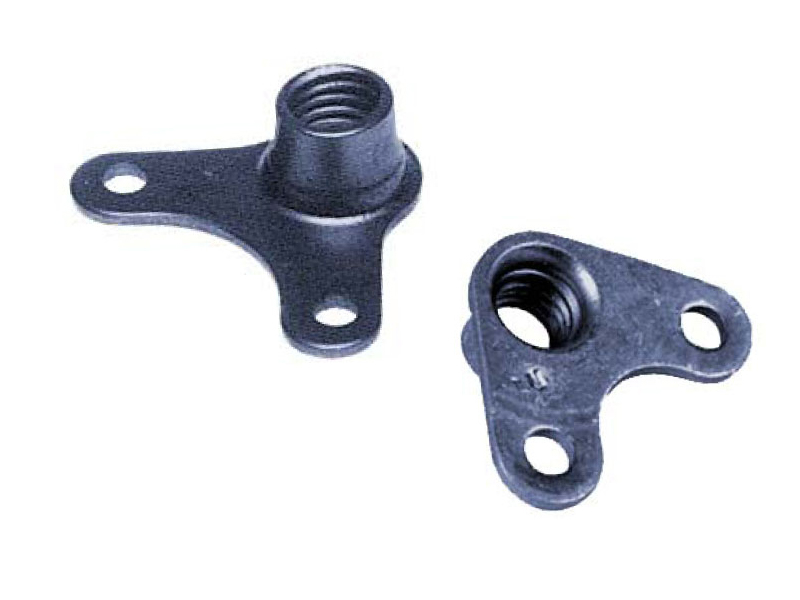 Have you heard of nutplates? They are commonly used in aerospace manufacturing applications. Airplanes, for instance, are often built with nutplates. Nutplates create permanent and fixed nuts that support a threaded bolt. For a better understanding of nutplates, keep reading.
Have you heard of nutplates? They are commonly used in aerospace manufacturing applications. Airplanes, for instance, are often built with nutplates. Nutplates create permanent and fixed nuts that support a threaded bolt. For a better understanding of nutplates, keep reading.
What Are Nutplates?
Nutplates are assemblies that consist of a built-in nut with a supporting anchor frame. Also known as plate nuts, they are used in conjunction with a threaded bolt or similar type of threaded rod.
Most nutplates feature a triangular shape. The two ends on the sides have an unthreaded hole. The end in the center, conversely, has a threaded hole. This threaded hole is designed to support a threaded bolt or rod. The threaded bolt or rod can be twisted into the threaded hole of a nutplate. Nutplates have internal threading, whereas bolts and rods have external threading. Therefore, nutplates support a threaded bolt or rod.
How Nutplates Are Installed
While they support a threaded bolt or rod, nutplates are installed using a different type of fastener: rivets. Rivets are mechanical fasteners that are used to join multiple parts. They don’t have external threading, though. Instead, rivets feature a smooth body with a head on one end and a tail on the other end.
Rivets are placed through unthreaded holes, after which the tail is deformed so that they stay in place. Depending on how the tail is deformed, it may expand by nearly 1.5 times its original size. Expansion means that the tail will wrap around the underside of the hole in which the rivet is placed.
Most nutplates are installed using rivets. A single rivet is placed through each of the two unthreaded holes. The tail of each rivet is then deformed so that they expand. Most nutplates are installed with rivets, but they still support a threaded bolt or rod in the center.
Rivets offer advantages over threaded fasteners. Threaded fasteners, for instance, may loosen when exposed to vibrations — and many airplanes vibrate during flight. Rivets are naturally resistant to loosening because they don’t have external threading. They consist of a smooth body, and they are installed by deforming the tail.
In Conclusion
Airplanes and other aerospace components often feature nutplates. Nutplates are assemblies that feature a single threaded hole and two unthreaded holes. The threaded hole supports a threaded bolt or rod, whereas the unthreaded holes allow for installation via rivets.



